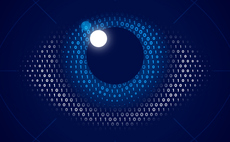You really do have no privacy on the internet, even if you use encryption, due to secret NSA and GCHQ spying activities
Newly disclosed documents show how the US National Security Agency (NSA) is winning its "war" against encryption. According to the latest documents released by whistleblower Edward Snowden and p...
To continue reading this article...
Join Computing
- Unlimited access to real-time news, analysis and opinion from the technology industry
- Receive important and breaking news in our daily newsletter
- Be the first to hear about our events and awards programmes
- Join live member only interviews with IT leaders at the ‘IT Lounge’; your chance to ask your burning tech questions and have them answered
- Access to the Computing Delta hub providing market intelligence and research
- Receive our members-only newsletter with exclusive opinion pieces from senior IT Leaders



















